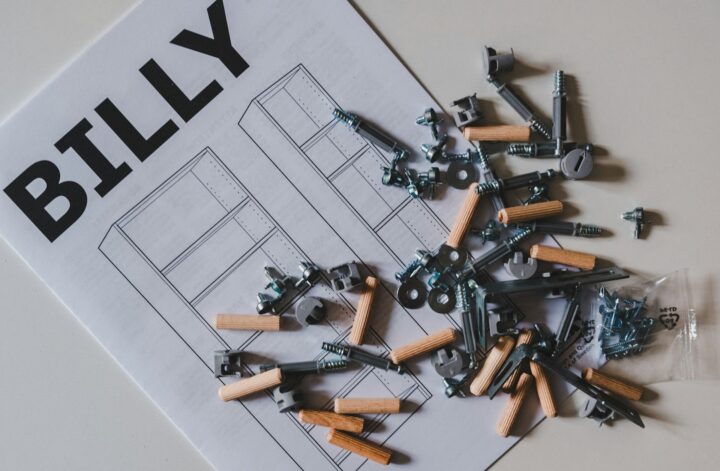Se você gosta de seriados como Stranger Things, deve usar bastante o aplicativo da Netflix. Desta vez, fiz uma breve análise da experiência e usabilidade, e encontrei 3 problemas de design no app da Netflix.
“Problema 1: Nesse sistema de avaliação, não dá para saber o que as pessoas avaliaram. No passado, Netflix usou estrelinhas. Em lojas virtuais, 94% das vendas são de produtos com 5 ou 4 estrelas. Geram fenômenos comportamentais como efeito adesão e prova social. Produtos com poucas estrelas são percebidos como piores, arruinando o faturamento. Netflix percebeu e escondeu as estrelas. Agora, muita coisa boa passa batido, muita coisa ruim é consumida mais do que devia.
Problema 2: o longo catálogo nos sobrecarrega e gera fadiga de decisão. A Lei de Hick diz que quanto mais opções, mais demoramos a decidir. Isso é um matador de conversão. Pra piorar, os filmes estão em carrosséis. A gente rola pra baixo, rola pro lado. Isso é cansativo, lento, e gera esforço cognitivo. Se não gostar dos itens visíveis da seção, isso inibe a arrastar para o lado, podendo perder bons filmes.
Problema 3: Netflix é um bom exemplo de como os algoritmos de recomendação nos fazem viver numa bolha. Tem mais de 17 mil itens, mas ela diz que mais de 80% dos itens assistidos vêm de suas próprias recomendações. Somos muito influenciados socialmente por seções como “Todo mundo tá assistindo”, “Top 10” e “Em alta”. Comportamento de manada. Tendemos a não querer perder tempo com coisas incertas, e então escolhemos o popular.”
Conheça o meu livro sobre Psicologia aplicada ao UX Design.
Referências:
- Chen, Chi-Wen. “Five-star or thumbs-up? The influence of rating system types on users’ perceptions of information quality, cognitive effort, enjoyment and continuance intention.” Internet Research (2017).
- Schreck, Jacquelyn L., and Matthew G. Chin. “Online Product Reviews: Effects of Star Ratings and Valence on Review Perception among Those High and Low in Need for Cognition.” Proceedings of the Human Factors and Ergonomics Society Annual Meeting. Vol. 63. No. 1. Sage CA: Los Angeles, CA: SAGE Publications, 2019.
- Proctor, Robert W., and Darryl W. Schneider. “Hick’s law for choice reaction time: A review.” Quarterly Journal of Experimental Psychology 71.6 (2018): 1281-1299.
- Chernev, Alexander, Ulf Böckenholt, and Joseph Goodman. “Choice overload: A conceptual review and meta‐analysis.” Journal of Consumer Psychology 25.2 (2015): 333-358.
- Johnson, Eric J., et al. “Beyond nudges: Tools of a choice architecture.” Marketing Letters 23.2 (2012): 487-504.
- Isaac, Mathew S., and Robert M. Schindler. “The top-ten effect: Consumers’ subjective categorization of ranked lists.” Journal of Consumer Research 40.6 (2014): 1181-1202.
- https://www.yotpo.com/blog/star-ratings-influence-customers/
- https://www.businessinsider.com/barack-obama-mark-zuckerberg-wear-the-same-outfit-2015-4
- https://qz.com/1059434/netflix-finally-explains-how-its-because-you-watched-recommendation-tool-works/
🇺🇸 English version
“I found 3 design issues on Netflix’s app.
Issue 1: with this rating system, you cannot know what people have rated. In the past, Netflix has used rating stars. In e-commerce, 94% of purchases are on products with 5 or 4 stars. They generate behavioral phenomena such as adhesion effect and social proof. Products with few stars are perceived as worse, ruining revenue. Netflix noticed and got ride of the stars. Now, a lot of good titles goes unnoticed, a lot of bad movies is consumed more than it should.
Issue 2: the long catalog overwhelms us and generates decision fatigue. Hick’s Law says that the more options, the longer it takes to decide. This is a conversion killer. To make matters worse, the movies are on carousels. People roll down, roll to the side. This is tiring, slow, and generates cognitive effort. If you don’t like the visible items in the section, it inhibits dragging to the side, and you can miss good movies.
Issue 3: Netflix is a good example of how recommendation algorithms make us live in a bubble. It has over 17,000 items, but they say over 80% of the items watched come from their own recommendations. We are very socially influenced by sections like “Everybody’s watching”, “Top 10” and “Running”. Herd behavior. We tend not to want to waste time on uncertain things, so we choose the popular.”
Get to know my book about Psychology applied to UX Design.
Watch more videos on Psychology applied to UX Design and cognitive biases on the Design From Human channel.
